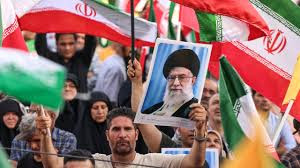In a dramatic escalation of the
ongoing North American trade friction, U.S. President Donald Trump announced a
sweeping 35% tariff on Canadian goods, to take effect August 1. The move
marks a sharp increase from the existing 25% rate and is part of a broader
scheme to raise tariffs on more than 20 countries unless fresh trade agreements
are reached .
In
a letter posted on Truth Social, Trump cited two primary motivations:
- Fentanyl trafficking—accusing Canada of not doing enough to curb the flow
of fentanyl into the U.S., despite data showing less than 1% of fentanyl
seizures originate at the northern border.
- Trade imbalances—specifically the sizeable U.S. trade deficit with Canada ($63 billion in 2024), exacerbated by Canadian tariffs on American dairy and other industries.










